I've created a custom tag that I want to use, but Django can't seem to find it. My templatetags directory is set up like this:
pygmentize.py
from pygments import highlight
from pygments.lexers import get_lexer_by_name
from django import template
from pygments.formatters.other import NullFormatter
register = template.Library()
@register.tag(name='code')
def do_code(parser,token):
code = token.split_contents()[-1]
nodelist = parser.parse(('endcode',))
parser.delete_first_token()
return CodeNode(code,nodelist)
class CodeNode(template.Node):
def __init__(self,lang,code):
self.lang = lang
self.nodelist = code
def render(self,context):
code = self.nodelist.render(context)
lexer = get_lexer_by_name('python')
return highlight(code,lexer,NullFormatter())
I am trying to use this tag to render code in gameprofile.html.
gameprofile.html
(% load pygmentize %}
{% block content %}
<title>{% block title %} | {{ game.title }}{% endblock %}</title>
<div id="gamecodecontainer">
{% code %}
{{game.code}}
{% endcode %}
</div>
{% endblock content %}
When I navigate to gameprofile.html, I get an error:
Invalid block tag on line 23: 'code', expected 'endblock'. Did you forget to register or load this tag?
